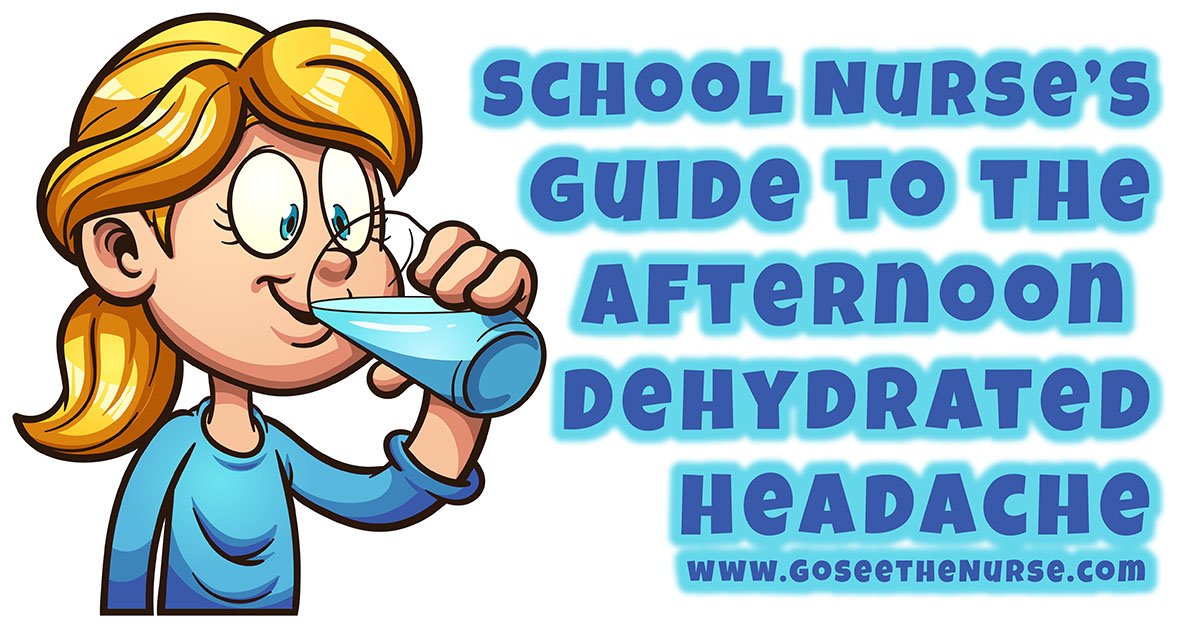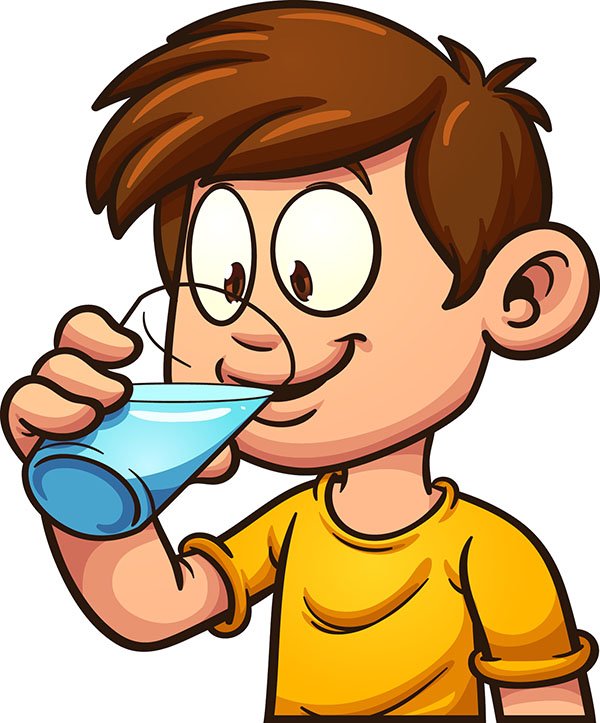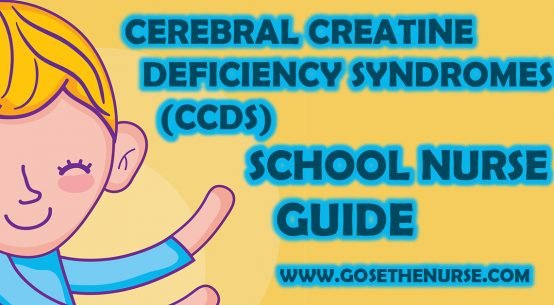
When I was a kid in school, the blissful hour was the last hour of school. It was that hour when we knew “freedom” was being counted in minutes rather than hours. Then there was Ms. Foster. Yes…Ms. Foster….who, during the last 60 seconds of the last period would mozey over to the door to “dismiss” us after the completion of the 5-second bell-ringing…and…in an orderly fashion. One day, I decided that making friends and high school popularity were both overrated. So, during Ms. Foster’s heel-shuffling trek over to play the “classroom door gestapo,” I asked her (as a matter of fact), “Ms. Foster, if the bell doesn’t dismiss us at the end of the day, then the bell shouldn’t decide when school starts at the beginning of the day.” And, the 5-minute explanation…after the last bell finished ringing…of why my logic wasn’t entirely “logical” truly changed my ranking with the other students in that 10-grade English class. Good times!
Nonetheless, the last thing on my 16-year-old brain during the 2 o’clock hour was the school nurse or what she was doing. Now that I am the school nurse, I have noticed that last hour of the day is one of my busiest hours. And, headaches seems to be the biggest ailment reported during this hour. Why? Could it be a Tylenol deficiency in these children? Maybe an ibuprofen insufficiency? More likely, it’s because their little brains are “dry!”
Americans Are Dehydrated
Dehydration! Believe it or not, but 75% of Americans are dehydrated. A survey by New York Hospital-Cornell Medical Center of a little over 3,000 Americans determined that about three-quarters of Americans are dry, dry, dry. And, children likely share in this statistic. The brain is about 75% water. And, like the brain, every organ in the body is made up primarily of water. Even bones are “wet,” with over 30% of our supporting structure being water.
And we Americans…Earthlings…know we’re dehydrated. This is why products like this one above are so popular. As a matter of fact, there are even phone apps that remind us to drink more water. Here’s a FREE one:
Symptoms of Dehydration
Most symptoms of dehydration are uncomfortable enough to motivate the child to grab their water bottle or ask to go to the water fountain. Symptoms such as increased thirst, dry mouth, and dry, cracking lips are enough to motivate most children in all of our age groups to go drink something.
However, there are those symptoms that most of our children (including high school children) are not able to correlate with dehydration and identify more as “illness” than otherwise:
Headache
Dizziness
Few or no tears
No urine for 8 to 12 hours
Dark-colored urine
Drowsiness
Irritability
Low energy levels
Most of my “dry” kids come in at the end of the day for a rest or seeking Tylenol or ibuprofen. “My mom just gives me medicine and I feel better.” Or, maybe it’s the water they washed the pills down with??
“What did you have to drink?”
“Milk.”
There are so many children that, by 2 p.m., will have consumed only a half-pint of milk. Yes, they may (a big MAY) have taken a few sips at the water fountain. But that ain’t no more than 4-5 ounces of water (if that).
Milk? It’s wet. So it counts, right? No. Not really. Yes, milk is mostly water (about 90%). But, consider cabbage. I do love me some cabbage but I’ve never considered this particular Brassica as a go-to choice when I get thirsty. But, truth be known, cabbage is about 90% water as well.
Once the “what did you have to drink” question comes up, the “but” usually follows the “milk” response, “Milk. But, I did drink a lot today.”
Aside from the “what have you had to drink today” question, the question that really tells me about the child’s hydration status is, “How many times have you pee-peed in the potty today (or just how many times have you peed today (for your older kids))?” The child usually likes to answer these questions in such a manner as to “be heard.” You’ll hear a kaleidoscope of answers when this question is asked. “None,” “One time,” “Two times,” “23 times.”
Dead Body in the Bottom of St. Luke’s Medical Center
They found a dead body in the basement of St. Lukes. Yes they did. Preliminary autopsy results lead toward identifying a nurse as being the one who passed away. The findings, which include an empty stomach, a full bladder, and teeth marks in the victim’s rear end that look a lot like the bite pattern of Dr. Jones, lead investigators to assume the victim was a nurse that had died toward the end of her 12-hour shift.
Okay…bad joke…funny though.
Remember when we nurse would be running up and down those halls trying to see to the needs of our patients? I’d go all day without making a single trip to the bathroom. And, with all those “rules” about keeping food and drink away off the med carts…it’s no wonder why we nurses are so “dry.”
Anyway, teachers, like us nurses, are in a “dry” occupation. We school nurses have lots of opportunities during the day to “take care of business.” But, those poor teachers. When they have to go tinkle, they have to just hold it. And knowing this and the very bad consequences of holding your pee (I sure do use lots of medical terms, don’t I?).
Many teachers opt not to drink much during the day. Students are no different. They get up, eat breakfast with their milk, take quick sips of water from the fountain, drink a milk at lunch, a Coke during the afternoon, and then likely go all day long…from dawn to dusk without taking more that a sip or three of pure, clear water.
The Pathophysiology of the Dehydration-Induced Headache
Consider a gallon of water and a cup of sugar. If you mixed the two and tasted the water, it’d taste sweet. Consider the very same cup of sugar mixed in a 55-gallon tub of water. You’d taste it and it would not taste sweet at all. Same amount of sugar but mixed in a larger volume.
It’s the same way with all of our electrolytes and other “components” swimming all about in our bodies. We may have a balance during hydrated conditions, but when there is less water in our systems, our electrolytes become more “concentrated” within the volume they are “swimming” all about in. There is not lab tests per se’ that would tell us that we are dehydrated.
Sometimes I will ask the children if they know what raisins are. Most will say “yes.” Then I ask them, “Do you know where they come from?” Most say, “From the store.”
I have a picture of a grape and a raisin. These two photos help identify my case-in-point. Here’s how the conversation usually goes:
Nurse Kevin: “Do you know what a raisin is?”
Child: “Yes.”
Nurse Kevin: “Do you know where raisins come from?”
Child: “The store.” Or, “A red box.”
Nurse Kevin: “They come from grapes. They dry the grape…kinda like you little brain.” I then suggest that they have a headache most likely because their brain is not plump and rounded but dry like a raisin. “It’s kinda like your brain is thirsty, and the headache is your brain telling you to drink more water.”
Truth of the matter is, we really don’t understand why headaches are secondary to dehydration. Some say that it’s because the brain shrinks during the dehydrated state; others say that it’s because the blood vessels in the the body (including the head) narrow in an attempt to control blood pressure (lower overall volume needs a smaller overall space to maintain pressure). This narrowing of the blood vessels causes a reduced oxygen flow to the brain.

For whatever reason, I see a pattern of children who are not drinking enough fluids during the day and ending up in the health office with similar complaints of headaches, stomach aches, and even leg / muscle pains (possible spasms).
Either way, the child wants to feel better. The easy, go-to choice is to grab a bottle of a common OTC, dose the child, and send them on their way. And, if you know Nurse Kevin, the simple way is not always the right way (plus…he likes to make a point). The solution to the child’s ailments is simple: Hydrate, Hydrate, Hydrate.
A cup of water isn’t gonna cut it. Children will lose about a cup of water each day just by breathing (not to mention normal, non-active sweating). Most mildly dehydrated children with a headache don’t have a dry, parched mouth. Their mucus membranes can be quite normal-looking and evenly moist. Drinking a bunch of water just isn’t gonna happen…unless you “jazz it up.”
How Does Nurse Kevin Promote Hydration in a Short Health-Office Visit
I do not like to drink water. Yes, this is a deep and dark confession by yours truly. If it don’t taste good, I am likely not going to drink it…unless I am bored…but then again, when are we school nurses bored? Maybe one day in April we may get a little bored but…alas…I digress.
Most flavoring is garbage. Pure and simple. And, most “natural” water-like, yummy drinks are too expensive for many parents. There is a natural solution that is usually a “home-run” for many children: lemon and stevia.
You know what lemon is. But, do you know what True Lemon is? True Lemon is basically lemon that has been granulated into a dissolvable form. Sure, you can squeeze a bit of lemon in a water bottle and do A-OK (I do that, too). And, there’s nothing better than the real thing. However, we use the granulated lemon for two reasons: It’s convenient, and it does not rot.
Some children love the taste of lemon water. That sour, lemon taste is just what floats their boats. But, many of those little guys like a bit of sweetness (and so do I). We use the powered stevia to sweeten our lemon water. Stevia is made from an herb. If you were to grow the plant (and you can), and you were to chew the leaves, it would have a “green”-sweet flavor. However, the granulated stevia taste just simple and sweet.
There are 100s of water bottles out there. We usually stick with the Nalgene brand because they are BPA-free, durable, and have an attached cap (children would lose their little heads if they weren’t attached, and a bottle cap ain’t no exception). I like the narrow-mouth bottles as well. The wide-mouth bottles are easier to put the powders into but sure do splash a lot during drinking.
Nurse Kevin’s Hydrate Rules
- Drink half your bodyweight in ounces of water as a minimum (if a child weighs 70 lbs, drink 35 oz of water each day).
- Carry a bottle to school and keep it out of the backpack and on the desk as a reminder to keep drinking.
- Eat raw fruits and vegetables – they are dense in water. Remember the milk vs. cabbage example above?
- Drink water and other fluids until your pee-pee is light-colored.
And that’s it. It’s that simple.

Dehydrated children with headaches don’t get dehydrated or secondary headaches if they are hydrated. Sure, drinking plenty of pure, simple water each day is easy…and hard. Many children will just not drink unless they are motivated. Meet them where they’re at, right? Well, for the most part.
Drink more water!
https://www.healthline.com/nutrition/best-diuretic-foods-drinks#section1
https://www.quora.com/How-much-water-does-a-person-lose-in-a-day-through-breathing

All of the COOL SCHOOL NURSES get updates from Go See The Nurse! Start getting (non-spammy) updates from Nurse Kevin!
Your information is kept private! Here’s my Privacy Statement.
Nurse Kevin




Wonderful advice about the lemon and Stevia! We can just mix it up and put it right beside our trusty cooler of ice and we are in the rehydration business. Excellent idea, Kevin 😊
The kids love it! I think all they need is just a little “sweetness” to trigger more drinking. Coke, Kool-Aid and other sugar drinks have so, so much sugar in them that I really think that most of the sugar is never really tasted…there’s only so many sweet receptors on our tongues.